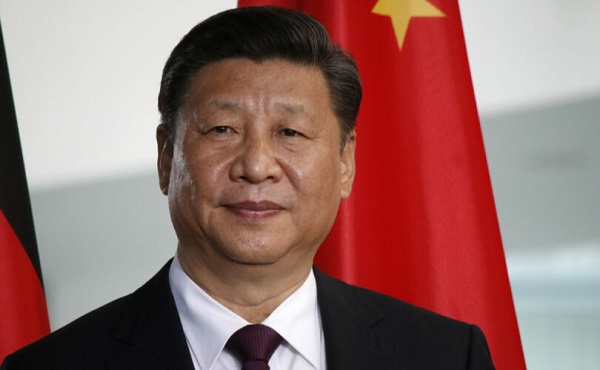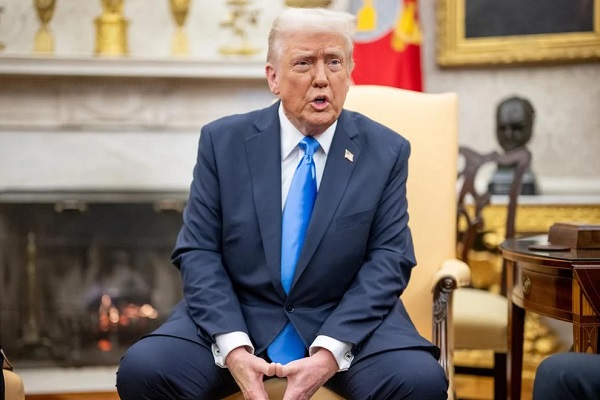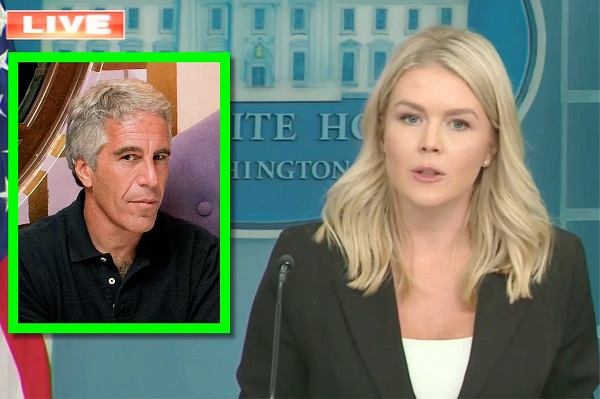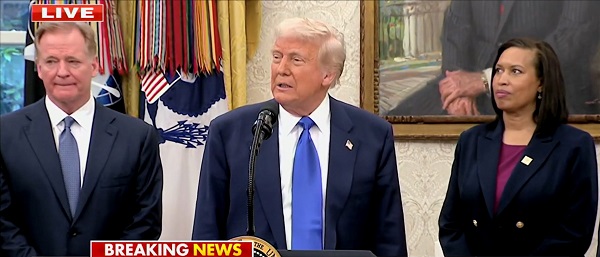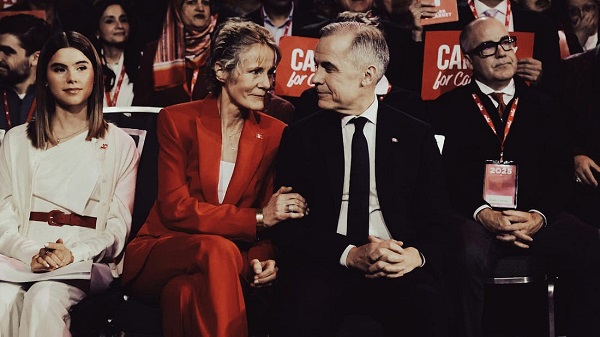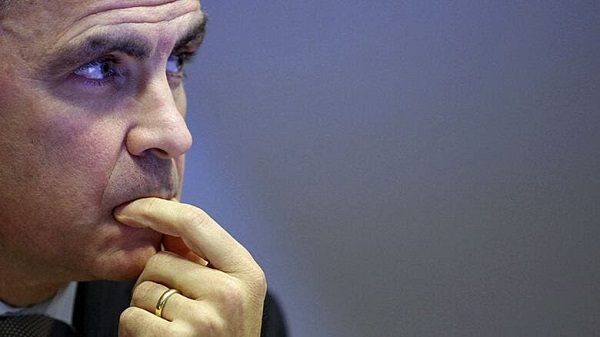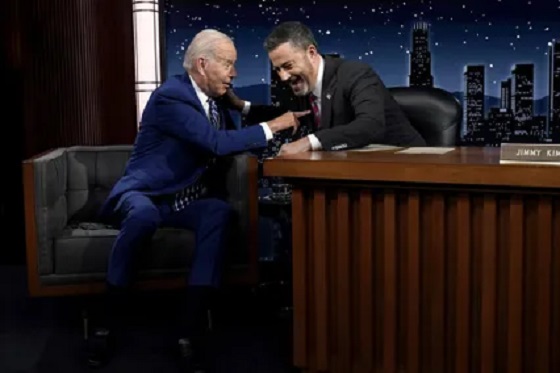WASHINGTON — An explosive new disclosure by the Office of the Director of National Intelligence has pulled back the curtain on endemic corruption in the Chinese Communist Party—reaching the top echelons of power, including President Xi Jinping. Released as an unclassified document and drafted by ODNI’s National Intelligence Council, the report explains how graft, bribery, and political favoritism are an essential feature of CCP power structures, festering for decades, involving organized crime and factional struggles—even under Xi’s trademark anti-corruption campaign.
By publicly releasing these findings, U.S. officials are signaling a readiness to reveal what intelligence agencies have long documented but kept classified. Sources with knowledge of the matter indicate Washington appears increasingly willing to trace corruption and international money laundering directly to the Politburo, citing explosive cases such as a Western intelligence investigation that allegedly linked Xi Jinping’s cousin, Ming Chai, to a casino money-laundering junket in Australia.
In an era of sharply escalating tensions—spanning trade, technology, and territorial disputes—Washington’s move seems aimed at exposing internal vulnerabilities in Xi’s regime while also undermining the offshore money laundering and strategic corruption Beijing is believed to use for influence-building across the Western Hemisphere and the South Pacific. It offers American citizens a transparent glimpse into what the U.S. government views as key fault lines within China’s ruling party, as the world’s two most powerful states appear set on a collision course—driven in no small part by Xi’s urgent push to subsume Taiwan.
In a striking detail, the ODNI cites journalistic research, initially blocked by Bloomberg before eventually being reported by The New York Times in 2012, that tied immense family wealth to both then-Premier Wen Jiabao and the incoming President Xi. The Times reported that Wen’s immediate family controlled at least $2.7 billion in assets, while Xi’s siblings, nieces, and nephews collectively held more than $1 billion in business and real-estate holdings. Beijing promptly tightened its censorship apparatus in the report’s aftermath, curtailing foreign news outlets that delved into elite wealth.
“Xi may have urged family members to divest holdings as he came into power. However, industry research provides evidence that, as of 2024, Xi’s family retains millions in business interests and financial investments,” the ODNI report says. It adds that corruption cases reaching the highest levels—relying on open-source rather than classified U.S. intelligence—“shows corruption cases within the CCP Central Committee span leading officials overseeing a range of portfolios and projects.”
Among the examples cited is Zhang Wei, a Chinese businessman arrested in 2020 for “organizing, leading, and participating in organized crime; illegal detention; and illegal possession of firearms and ammunition,” before being found guilty the following year of illegally absorbing public deposits.
Another high-profile instance is Chen Gang, who was accused in 2019 of accepting over $18 million in bribes—some tied to his oversight of 2008 Beijing Olympics construction projects. More recently, in April 2024, Yao Qian, Director of the China Securities Regulatory Commission was investigated for “serious violations of discipline and law,” possibly connected to China’s Central Bank Digital Currency initiative.
The fact that Xi—who carefully cultivates an image of austere probity—has family members reportedly retaining millions of dollars in investments remains a deeply sensitive topic for Beijing. In highlighting these details, U.S. intelligence appears to be drawing attention to a broader governance model that incentivizes graft, even as Xi’s “tigers and flies” campaign claims to have taken down nearly five million officials since 2012.
The ODNI’s document underscores how Xi’s crackdown is not merely a legal imperative but also a party-directed instrument for punishing “political indiscipline and ideological impurity.”
“Although Xi has not used the campaign primarily to target his political rivals, a drive to eliminate competing power centers factored significantly into decisions made in the initial phases of the campaign. Early in Xi’s tenure, senior officials with ties to his predecessors were targeted with investigations and arrests,” the report says. “More significantly, political connections to high-ranking officials have not protected officials from prosecution, including those with close personal ties to Xi himself; the anti-corruption campaign has purged top officials considered loyal to Xi and who had risen under his patronage.”
Significantly, the ODNI highlights persistent corruption in the People’s Liberation Army—and a surge of high-level purges driven by Xi’s effort to consolidate control before the PLA’s target of full combat readiness by 2027, with Taiwan looming as the central focus. “In 2024, Xi stressed during a speech to military commanders that ‘the barrels of guns must always be in the hands of those who are loyal and dependable to the Party,’” the report states, adding that Xi’s emphasis on PLA loyalty “may also reflect concerns that corrupt practices will prevent the military from acquiring the capabilities and readiness he has directed it to achieve by 2027, in preparation for a potential conflict over Taiwan.”
The ODNI’s broader assessment emphasizes that corruption is not merely an occasional lapse but a systemic challenge to China’s governance, facilitated by centralized CCP power, a Party-centric concept of law, and minimal transparency. Studies suggest that corruption has persisted in China since its founding, intensified by rapid economic growth in the 1980s and 1990s, and has been so pervasive since 2000 that it threatens the very legitimacy of the regime.
The Bureau is a reader-supported publication.
To receive new posts and support my work, consider becoming a free or paid subscriber.
